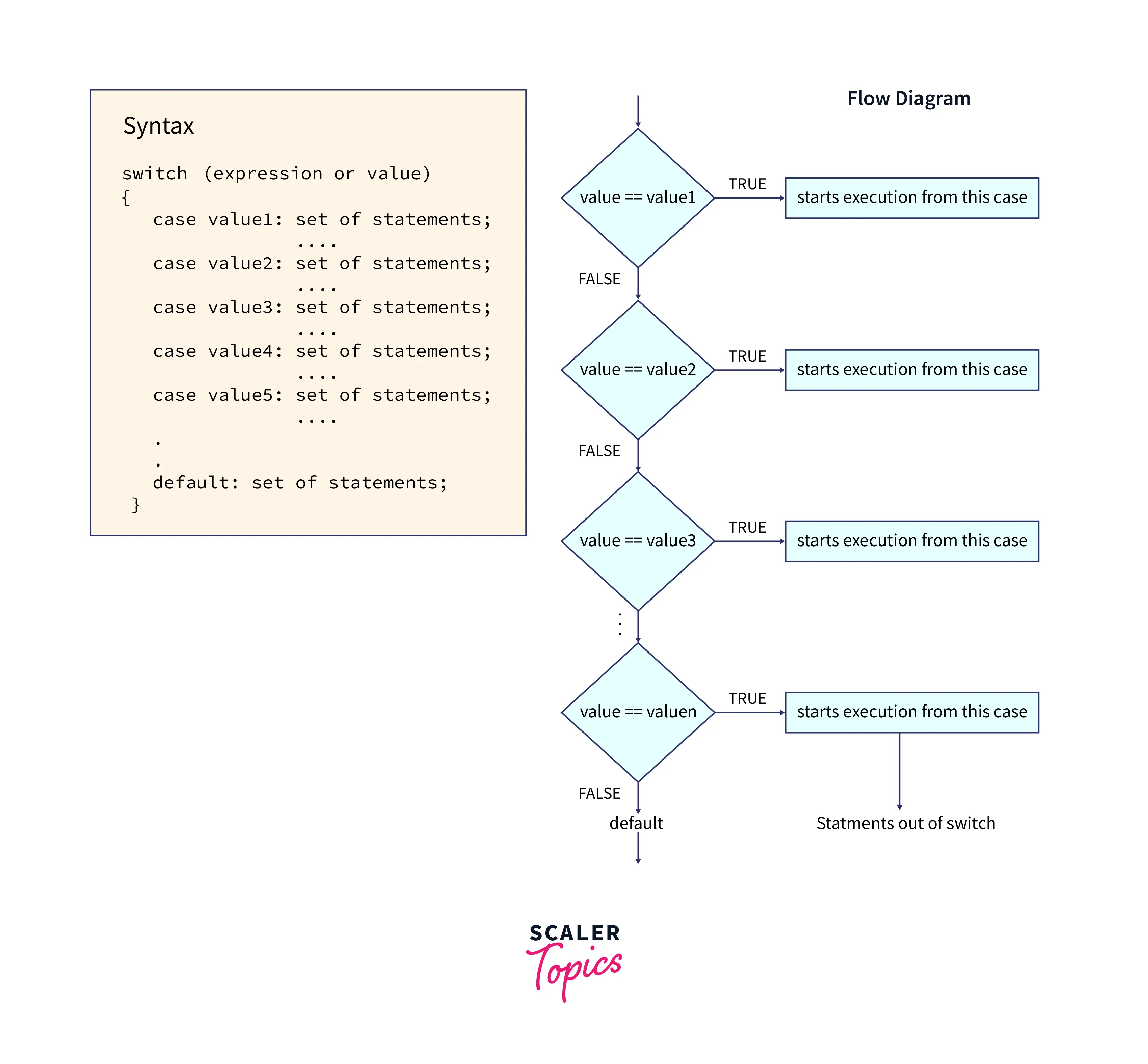
In java, selection statements are also known as branching statements or conditional or decision-making statements. It is used to select part of a program to be executed based on condition. In this article, we will be learning about selection statements in java along with its types and uses.
These are statements that control programs in java. They are used for selecting a path of execution if a certain condition is met.
Following are the types of selection statements in java:

Example:
Output:
Explanation: if the test expression is true then the statement is executed else the statement is not executed.
General format:

Example:
Output:
Explanation: if the test expression is true then the statement is executed else statement 2 is executed.
General format:
Example:
Output:
Explanation: In this, writing an if statement inside another if statement is called the next if statement. If the first condition is true, it will check for the second condition after which the inner block will be executed else not.
General format:
Example:
Output:
Explanation: if test expression1 is true then statement 1 is executed else if test expression2 is true then statement2 is executed else statement3 will be executed.
General format:

Example:
Output:
Explanation: if the value of the expression is matched with value 1, then the corresponding stmt sequence is executed. If not matched with value 1 then try with the next case value and so on. If none of the cases match then default stmt is executed. All cases should be unique. The expression must be of type byte, short, int, or char Each case value should be literal. Default is not compulsory and can be written anywhere.
Note: